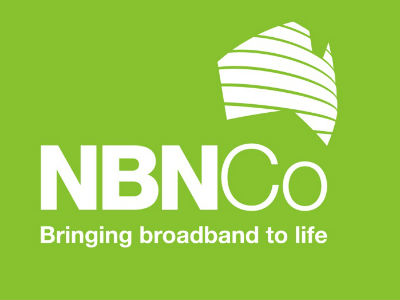NBN Co Commits To DOCSIS 3.1

NBN Co, a government-owned entity tasked with bringing next-gen broadband to millions of homes and businesses in Australia, announced Thursday that it will deliver gigabit speeds using DOCSIS 3.1, an emerging HFC platform that will support capacities of up to 10 Gbps down and at least 1 Gbps in the upstream, starting in 2017.
NBN Co announced the commitment at the Cable Congress event in Brussels, joining Comcast and Liberty Global among the early champions of DOCSIS 3.1. Cox Communications is also expected to lean on D3.1 as part of an ambitious project that will start market-wide deployment of gigabit speeds by the end of 2016.
The hybrid fiber/coax (HFC) portion of NBN Co’s plan will span about 3.4 million homes and businesses in Brisbane, Melbourne, Perth, Adelaide, Sydney and the Gold Coast. NBN Co’s plan is to create an open access network for “retail service partners” that will deliver services over the upgraded HFC plant following a proposal struck late last year under which NBN Co would take ownership of those cables from Optus and Telstra and incorporate them into NBN Co's National Broadband Network.
Last month, NBN Co selected Arris to play a primary role with the HFC portion of the network upgrades, which will rely on the supplier’s E6000 Converged Edge Router and CORWave transmitters and OM4100 optical receivers. At the time, they said the roadmap included a “possible migration to DOCSIS 3.1.”
Dennis Steiger, NBN Co’s chief technology officer, confirmed in an interview that the cable modems will be supplied by the retail service providers that use the HFC network.
He is hopeful that an initial wave of DOCSIS 3.1 modems will start to appear in 2015. Those devices will be hybrids in that they can support DOCSIS 3.0 traffic as well as more efficient DOCSIS 3.1-based traffic, which will rely on blocks of Orthogonal Frequency Division Multiplexing (OFDM) subcarriers. That technical mix will help operators with the migration, enabling them to seed the market with 3.0/3.1 hybrid devices as they continue to operate DOCSIS 3.0-based services and start to light up OFDM spectrum for DOCSIS 3.1.
Steiger said timing is critical for NBN Co, as the desire is to launch in mid-to-early 2016, so it will have to decide later if it will allow 3.0-only modems on the network. He said interoperability tests at CableLabs involving 3.1-based CMTS equipment and cable modems “are looking quite promising.”
Multichannel Newsletter
The smarter way to stay on top of the multichannel video marketplace. Sign up below.
“NBN will utilise a network that is already deployed across millions of homes and businesses in Australia,” Steiger said, in a statement. “By re-architecting the ratio of homes to a node and the use of the latest technology underpinning DOCSIS 3.1, Australia’s HFC network will become one of the most state-of-the-art technologies used to deploy broadband services.”
According to NBN, its strategic goals include connecting 8 million premises to “fast broadband” and achieve annual revenues of $4 billion by 2020, and to use less than the capped $29.5 billion government equity funding to achieve them.
Under NBN Co’s multi-technology approach, 28% of all premises will be over HFC, compared to fiber-to-the-premises (24%), fiber-to-the-node/basement (42%), and satellite and fixed wireless (6%). The design of that mix aims to provide download speeds of at least 25 Mbps to all premises, and at least 50 Mbps to 90% of fixed-line premises as soon as possible.
